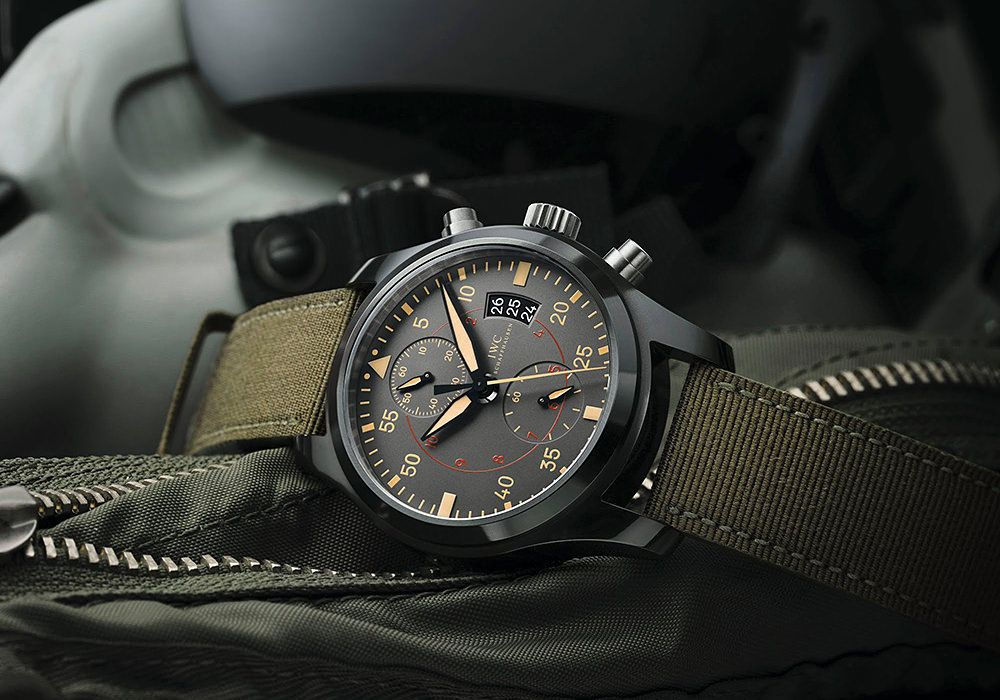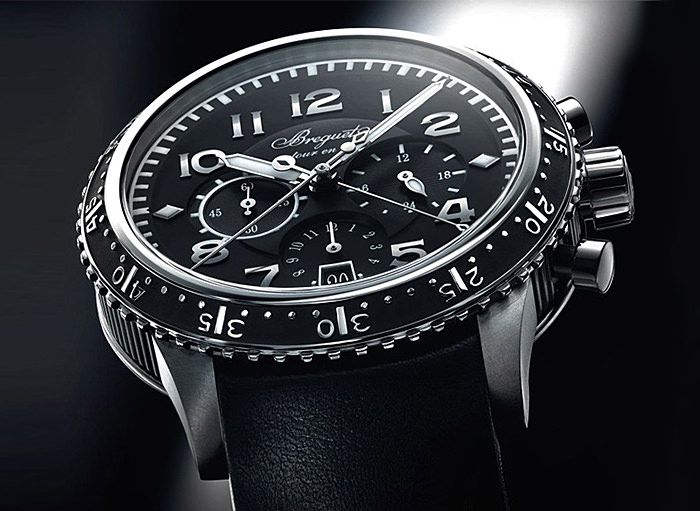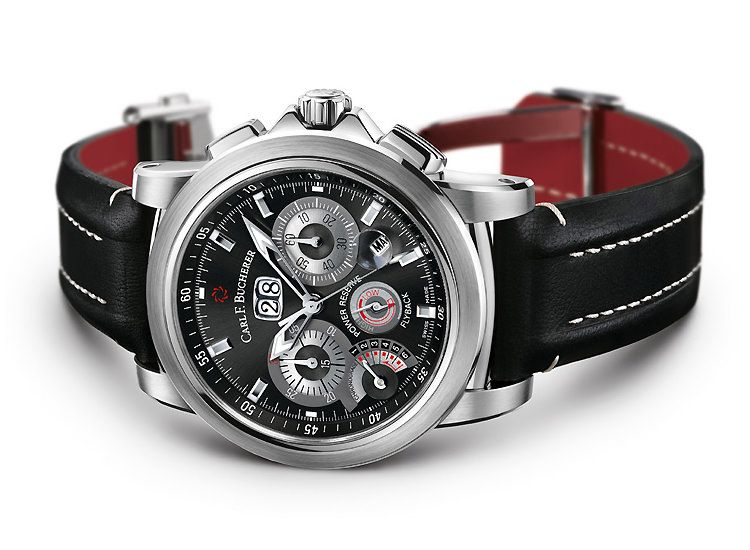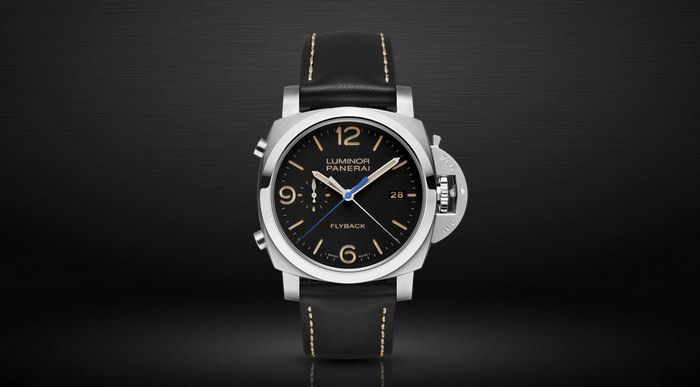FeatureFlyback Chronograph
Powering a Traditional Function with New Age Technology
May We Recommend
A flyback chronograph is a complication which enables one to measure lap times effectively. In a standard chronograph, to restart the stop-watch, one needs to first press the start button to pause the chronograph hand, press the reset button to bring back the hand back to zero and then press the start button one more time to begin counting time again. By contrast, in a flyback chronograph, one can begin counting again simply by pressing the reset button once, thus making it very easy to restart the chronograph from zero, which is especially useful in counting lap timings.

Initially, the chronograph functionality in watches was controlled by the winding-crown. This was obviously not very easy to use and hence in 1923, Breitling developed the first watch with a specific button for the chronograph. This was quite a breakthrough in watchmaking and has paved the way for all further developments in watchmaking relating to chronographs. Twelve years later, in 1934, Breitling introduced the second chronograph button which had the purpose of bringing back the chronograph hand to zero. This was a milestone in watchmaking. Almost all chronographs produced afterwards, even today, have more or less the same structure. Standard chronographs feature a crown at the 3 o’clock position, a start/stop button at 2 o’clock and a reset button at 4 o’clock. This design can be observed in chronographs from almost all major watchmakers today.

Though these functions were quite useful, there was still the problem of measuring successive time intervals. If in case one wished to do so, one had to press the start/stop button, then reset button and then again the start/stop button. By the time one managed to go through this sequence, precious seconds would already have passed away and thus accuracy would be compromised. Pilots especially needed to do a lot of quick measurements and felt the need for a device that could effectively measure successive intervals of time. Thus was born the flyback chronograph.

In 1936, two years after the introduction of the two chronograph push-buttons by Breitling, Longines filed a patent for the flyback chronograph. The timepiece was manufactured in 1943 and is still considered by some to be one of the most stunning watches ever produced. The watch was called the Longines Calibre 13 ZN. The timepiece had a 37.5 mm case with gilt Arabic numerals on a black dial. The bold, sporty look matched with the advanced functionality of the watch..

Today, flyback chronographs are available from a number of great watchmakers around the world. If you would like a watch that can record successive time intervals or would like to simply indulge in a superior watch complication, invest in a flyback chronograph. Its sheer accuracy and brilliant engineering will truly delight you.








I have read about your subject feature “flyback chronograph” and I think that this one button use is very practical!
I will further look out for It. By the way my first visit on your site and I must say a very good website and logic navigation!
I will come back soon!